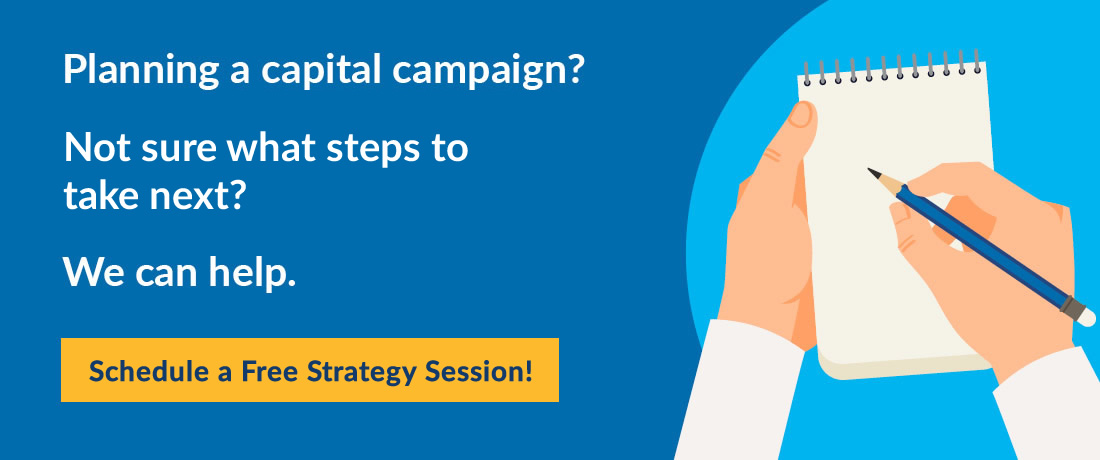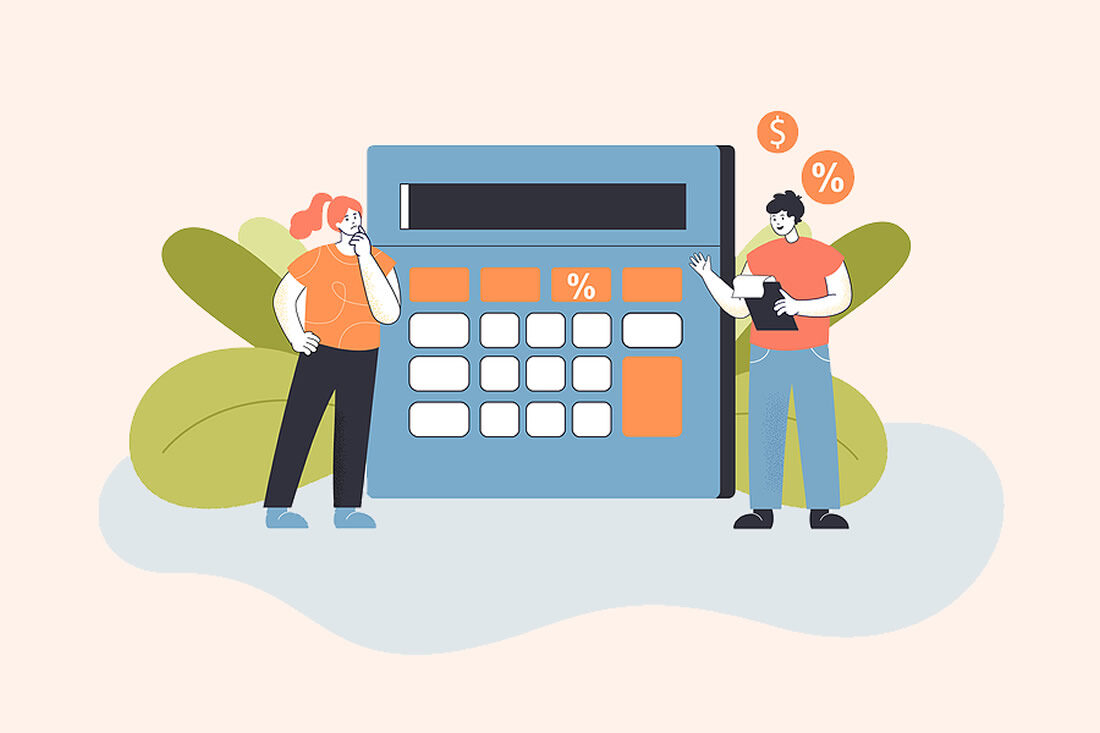How to Set the Right Goal for Your Capital Campaign

You might think that setting the fundraising goal for your capital campaign is simple and straightforward.
But it’s not.
How to Set the Right Capital Campaign Goal
To illustrate my point about the challenges of setting the right campaign goal, let me tell you a little story.
(Note: The facts of this story don’t represent any one organization; rather, it’s a common tale based on the pitfalls faced by many organizations with whom I’ve consulted over the years.)
A small but well-respected organization in a mid-sized city was embarking on a capital campaign to build a new building to house its operations. They had done a great deal of planning and work to figure out what they needed.
Additionally, they had raised some money to purchase a property that came on the market and was in a perfect location for their building.
Everything Seemed Promising
The organization was financially sound though with few cash reserves. The program was strong and well-respected. They had a robust annual fundraising program that raised approximately $400,000/year and many of their donors loved them.
So, they figured they were ready for a capital campaign. They hired an architect to give them a preliminary understanding of what it would take to build the building that would suit their needs. They recruited a few of their most experienced donors to serve on a planning committee.
In early conversations with the committee, it didn’t seem realistic to expect that this small organization could raise more than $5 or $6 million through a campaign. While the large organizations in that community (like the hospital and university) had raised far more, none of the smaller organizations ever had.
But Then They Started to Worry…
When they put together their list of campaign objectives and added up the numbers, they started to worry. Even estimating conservatively, it looked like they needed to raise upwards of $8 million to make the project happen.
Estimated Campaign Costs |
|
| Land acquisition | $350,000 |
| Construction costs | $5,500,000 |
| Soft costs (architects, lawyers etc.) | $500,000 |
| Equipment, signage and landscaping | $350,000 |
| Fundraising costs (for the campaign) | $850,000 |
| Program startup costs | $350,000 |
| Endowment (board restricted) | $1,000,000 |
| TOTAL | $8,900,000 |
What Would You Do?
So, if that was your situation, what would you do? Would you…
- Cut back the size of the project so it costs less?
- Go ahead willy-nilly with a campaign goal of $9 million?
- Test the possibilities and then decide?
Let’s Break Down Your Choices in Detail
Option 1 — The problem with cutting back the size of the project is that if — when all is said and done — the money is raised and the building is built and it doesn’t serve your needs now or in the foreseeable future, you and your board will regret your choice.
Option 2 — The problem with simply going ahead with a big goal because the leaders of your organization are hell-bent on it, is that the risk is too high.
No matter how determined you are and how great your organization, those large gifts just might be there for you. And you don’t want to find yourself (as some organizations do) in a position after one or two years of a campaign having only raised $4 or $5 million and not seeing a way to get to the goal.
Option 3 — This is the clear winner. Don’t pare your project back or go ahead willy-nilly. Instead, test your plan by going to talk to some of your largest potential donors. By discussing your project plans with the most influential people, you will get a clearer picture of what may or may not be possible.
Three Simple Things to Help You Set Your Campaign Goal
Here are three key things to keep in mind as you firm up your capital campaign goal.
1. Clarify Your Campaign Objectives
Make sure you really know what you want to do with the money you’re planning to raise.
2. Set Your Campaign Goal High Enough
Set your capital campaign goal high enough so that when you raise that amount you will actually be able to accomplish your objectives. Remember that most projects go over their budgets, so be sure you build in a cushion.
3. Consider Emotional Tolerance
Set a fundraising goal that takes your breath away but doesn’t make you pass out. I know, that’s a pretty subjective measure, but if you pay attention, you’ll know what that feels like.
How to Test Your Goal BEFORE You Commit
Most organizations use a feasibility study to test their campaign goal. When you perform a feasibility study, you build confidence and credibility in your capital campaign before it even starts.
At Capital Campaign Pro, we believe in something we’ve termed Guided Feasibility Studies. Like in traditional feasibility studies, we work with our clients to structure the study process. But instead of also doing the interviews, we train the organization leaders to talk with their largest donors.
That way, the leadership can build those essential donor relationships (rather than outside consultants). We’ve found this process plants the seeds for a more successful campaign.
Feasibility Studies Make a World of Difference
Whichever type of feasibility study you choose, testing the goal and your plan will help you make an educated and wise assessment of how best to move forward. Once you have a sense of how much you might be able to raise, you can move forward with confidence.
Case in Point — A Real-World Example
We recently served a client that fit the story above like a glove. With our help, they conducted a Guided Feasibility Study and found that they would be able to raise much more money than they had originally thought possible.
So rather than pare back the building plans, they held firm and went ahead with what, for them, was a larger-than-life goal.
Did they Reach Their Big Goal?
Yes! Not only did they reach their goal, but they actually increased their goal twice and their campaign was more successful than even the most optimistic voice had imagined. They will have a new building that will serve their organization well for many years to come.
Setting the right fundraising goal for your capital campaign is one of the most important decisions you’ll make. Take the time to do it right — you won’t be sorry.




I understand not printing the “Working” goal, until the Public phase (and you know it is attainable) printing a Final goal. My question is then what to print on the Donor Discussion Guide? And we would like to use this visual in our feasibility study, is that too soon?
Thank you,
Kerry
Thanks for your question Kerry. You will use the working goal in the Donor Discussion Guide. That will also be the number you use to create the gift range chart. And you will use both of those in the feasibility study. Be sure to mark everything DRAFT of [Date].